Publisher's Weekly ranks ASU professor's new Jane Austen book in top 10
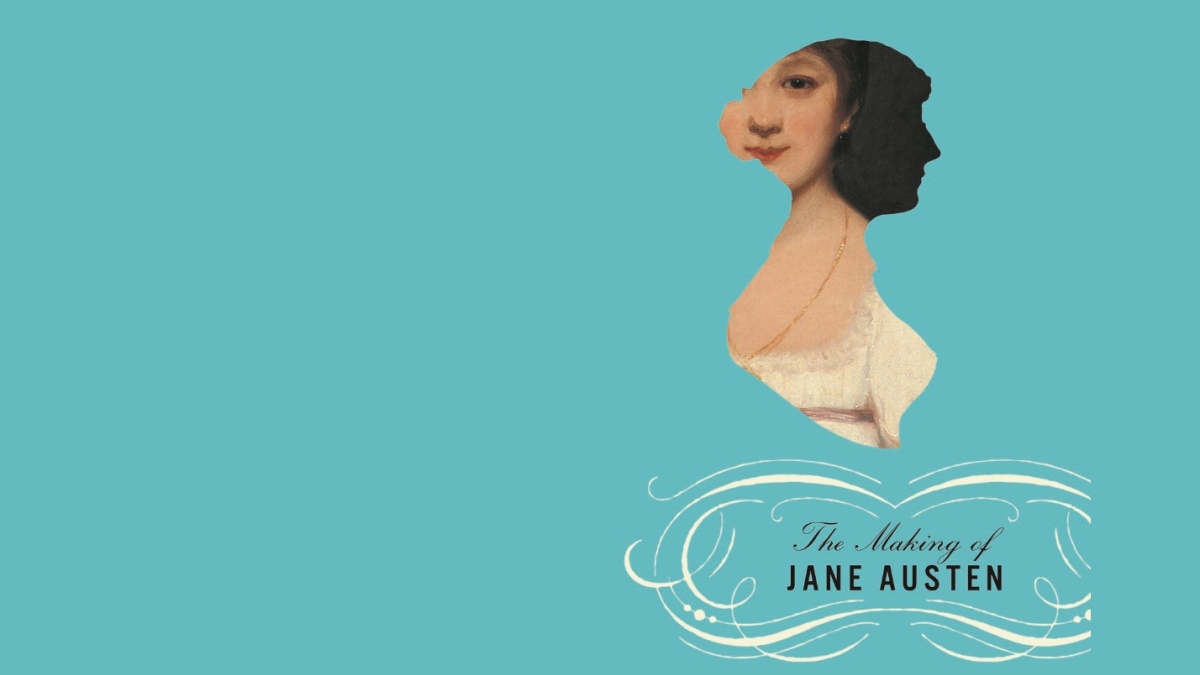
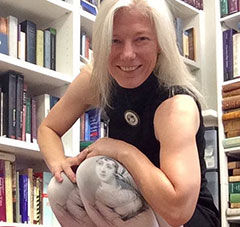
Devoney Looser shows off her Jane Austen leggings.
Sometimes artists receive critical acclaim during their lifetimes, but don’t achieve fame until after their death.
This was the case for Jane Austen, and it’s the subject of ASU English professor Devoney Looser’s latest book, “The Making of Jane Austen,” which comes out this summer ahead of the 200th anniversary of the British novelist’s death.
Publisher’s Weekly has named the book a top 10 pick in Essays and Literary Criticism for spring 2017.
“Oftentimes, when we look at a literary figure, we don’t necessarily trace what happened to them from the years of their death to the present,” Looser said. “What my book sets out to show are the ways that popular culture has been influential in our making of her as a posthumous figure, as someone with an afterlife.”
A self-proclaimed “Jane Austen weirdo,” Looser has structured whole parts of her life — teaching, scholarship, leisure — around the early 19th century author. Still, there were things she discovered during the writing process that surprised even her.
Here, she shares five things to know about Austen, her work and her role as an icon.
1. Jane Austen was popular long before we imagined her being popular.
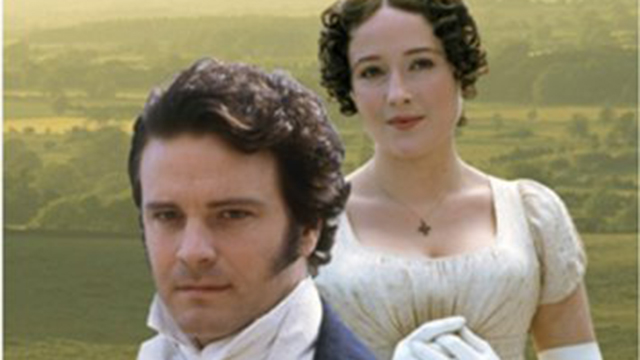
Many attribute Austen’s current en vogue status to an explosion in popularity following the widely praised 1995 film adaptation of “Pride and Prejudice” starring Colin Firth. Looser sets the record straight, noting that Austen received her first Hollywood treatment in 1940 when Laurence Olivier brought the role of Mr. Darcy to the silver screen opposite Greer Garson, who gave an unfortunate performance of Elizabeth Bennet as a “flibbertigibbet flirt.”
There were several other attempts at translating the classic novel into film, including ones that re-imagined it as a Western, a screwball comedy and a musical — all without success.
Before that, Austen had been invoked for political causes as early as 1908, when her name was emblazoned on banners held by suffragettes marching through the streets of London.
2. There’s some debate as to what garnered Austen fame in the first place: critical acclaim or popular readership.
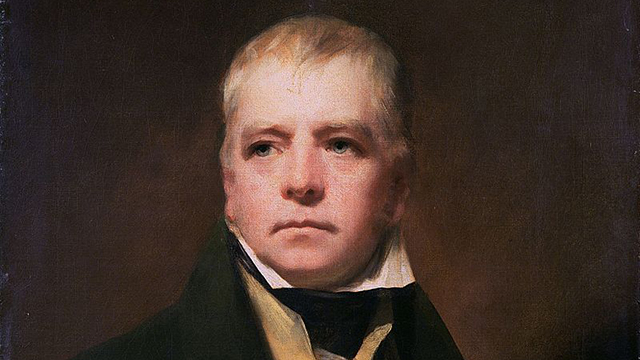
Sir Walter Scott, considered the greatest novelist of the 19th century, gave a positive review of the novel “Emma” during Austen’s lifetime, though the critique was unsigned.
He also acknowledged in his journals that he believed she was more skilled in some areas than himself. After Scott’s 1832 death, his journals were discovered and so was his opinion of Austen. Because of his stature, the public took note.
And there were other well-respected writers who also praised her talent. However, Looser said, “There are some sources from the 1830’s … saying it was readers who discovered Jane Austen, and critics picked up on it after the fact.
“I think there could be an argument made in both directions, but obviously the popular readership is what kept her going and, I think, moved her into each new popular media as it emerged. It wasn’t critics who did that.”
3. The idea of Austen as a feminist icon goes way back.
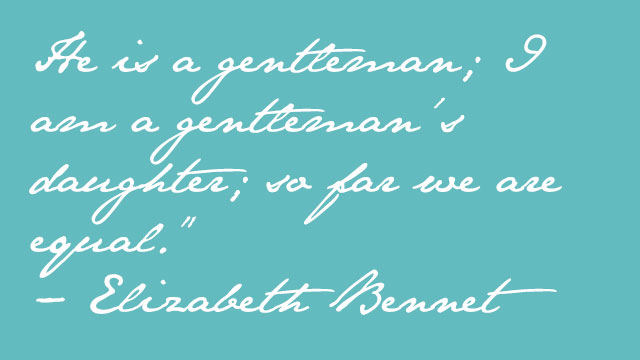
Some of the first performances of her work were young women performing Elizabeth BennetThe lead character in Jane Austen's "Pride and Prejudice." monologues in their drawing rooms, which Looser said helped spur the beginning of a movement toward women’s rights.
“They spoke Elizabeth Bennet’s words, and it was a way to make them stronger and make them feel like it was OK to say no to traditional structures that wanted them to marry a certain way, or wanted them to behave a certain way,” she said.
In 1909, Austen was included as a character in Cicely Hamilton’s women's suffrage play “A Pageant of Great Women,” at a time when some people were interpreting Austen’s work as “safe and conservative and morally unchallenging.”
“There were certainly people using her work then to say women should go back to the home, that they should be satisfied with their lot in life, which is to be a mother and a daughter,” Looser said. “But at the same, time, all these feminists were saying Jane Austen is a genius writer; Jane Austen gives us characters who show that women are rational creatures. … That’s fascinating, that women learned to refuse traditional edicts about how to live their lives using an early 19th century author.”
4. An illustrator helped shape perceptions of Austen’s novels.

Ferdinand Pickering was the first to illustrate Austen’s novels in 1833 when they were repackaged as a set.
As an illustrator, Pickering’s style was more gothic, often depicting characters in wide-eyed, sensationalized moments of female intimacy, as in “Sense and Sensibility,” when Marianne falls ill with a fever and is comforted by her sister Elinor.
Looser suspects Pickering’s penchant for depicting those kind of moments had to do with his somewhat tragic and volatile childhood and family relations.
“His choice to pick out the moments of family drama in Austen are really interesting, and I think shaped readers sense of her books as being more about women and female relationships,” she said.
Pickering also depicted the novels’ characters in 1830s dress, the era during which he created the illustrations, even though they had been written in the 1810s.
“I think it’s one of the reasons,” Looser said, “that people start to mistake Jane Austen as a Victorian novelist.”
5. She didn’t write in secret.
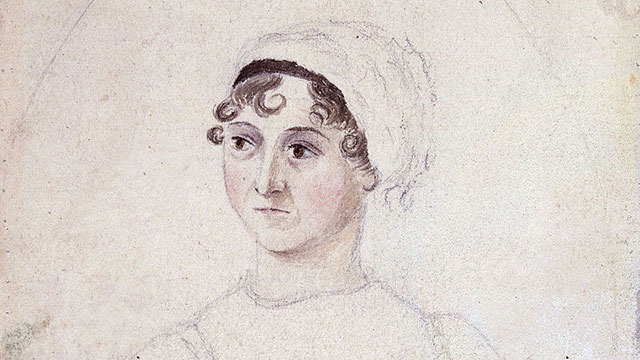
There’s a long-held myth that Jane Austen hid her writing and wrote in secret. It began with the first memoir of Austen’s, written and published by her nephew, James Edward Austen-Leigh. In his account, he fictionalized aspects of Austen’s life – the manner in which she wrote being one of them – which he was unable to witness because of his young age at the time of her death.
“He’s saying, ‘I can’t remember my aunt writing, so she must have been hiding it,’” Looser said, “but it was clear that at the time the story was first told that he was writing fiction, that he was fantasizing.”
Unfortunately, that was lost on many and the notion was passed down through history as fact.
“It’s been spun out and repeated over and over as if it’s fact … but if you look at the original source, it does not appear to be the conclusion we should come away with,” Looser said.
“That’s one of the things that I hope my book does; takes us back to some sources we haven’t scrutinized at all, that we’ve assumed were fact, and says, ‘Let’s look at how these were positioned, how these stories got repeated, where these myths came from.’”
More Arts, humanities and education

ASU professor's project helps students learn complex topics
One of Arizona State University’s top professors is using her signature research project to improve how college students learn science, technology, engineering, math and medicine.Micki Chi, who is a…

Award-winning playwright shares her scriptwriting process with ASU students
Actions speak louder than words. That’s why award-winning playwright Y York is workshopping her latest play, "Becoming Awesome," with actors at Arizona State University this week. “I want…

Exceeding great expectations in downtown Mesa
Anyone visiting downtown Mesa over the past couple of years has a lot to rave about: The bevy of restaurants, unique local shops, entertainment venues and inviting spaces that beg for attention from…

